The film slitting machine is a key equipment in the film processing industry chain, which is mainly used to cut wide films or coils into narrow rolls of specific widths to meet the stringent requirements of downstream applications for dimensional accuracy, winding quality and production efficiency. Its functional design and technical realization are directly related to the yield and performance of film products. The following is a detailed description from three dimensions: core functions, technical points and industry applications:
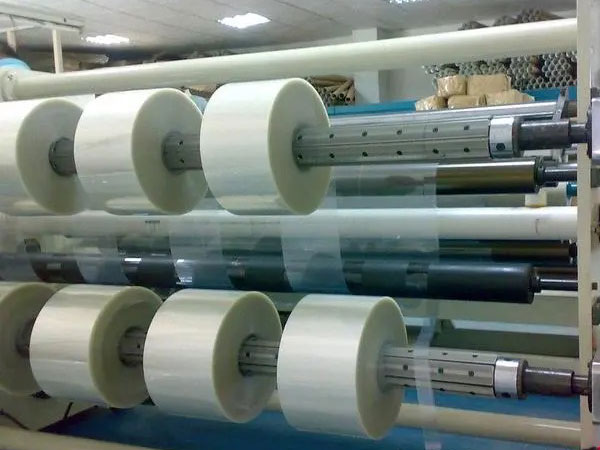
First, core functional modules
1. High-precision slitting control
◦ Automatic deviation correction system: The photoelectric/ultrasonic sensor is used to monitor the edge position of the film in real time, and the servo-driven deviation correction mechanism (± 0.1mm accuracy) is used to avoid the phenomenon of snakes.
◦ Tension closed-loop control: Constant tension control (such as 0~600N adjustable) is realized through magnetic powder clutch or vector frequency conversion motor to ensure that there is no slippage or tensile deformation between the film layers during the slitting process.
◦ Multi-tool slitting mode: support fast switching of flat knife (dust-free slitting), round knife (suitable for high speed) and shear knife (for thick film), and the radial runout of the knife shaft ≤0.005mm.
2. Intelligent operation interface
◦ Human-computer interaction system (HMI): integrated PLC + touch screen, preset BOPP, PET, CPP and other material process parameter libraries, support digital setting of slitting speed (up to 800m/min) and width tolerance (±0.05mm).
◦ Remote diagnosis: The IoT module can be used to monitor the status of the device and give early warning of faults (such as blade wear alarm).
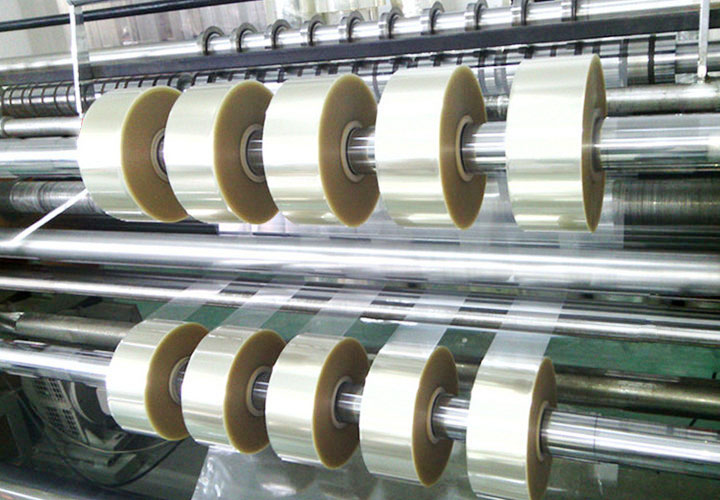
3. Adaptation to diversified slitting needs
◦ Simultaneous slitting of multiple rolls: Through multi-station winding shafts (such as 8-axis tower winding), one mother roll can produce multiple sub-rolls (width range 3mm-2000mm) at the same time.
◦ Special edge treatment: Optional flash laser trimming or static elimination device to ensure the finish of the slitting surface (Ra≤0.2μm).
Second, key technological breakthroughs
• Dynamic balancing system: Hydraulic suspension winding shaft is used to automatically adjust the winding pressure during the acceleration and deceleration stages to avoid "cabbage sum" collapse.
• On-line defect detection: integrated CCD vision system, real-time marking of crystal points, scratches and other defects in the slitting process, linkage sorting mechanism to reject defective products.
• Energy-saving design: The servo motor energy feedback system can reduce energy consumption by 15%-20%, which is suitable for the processing of green materials such as photovoltaic backsheet film.
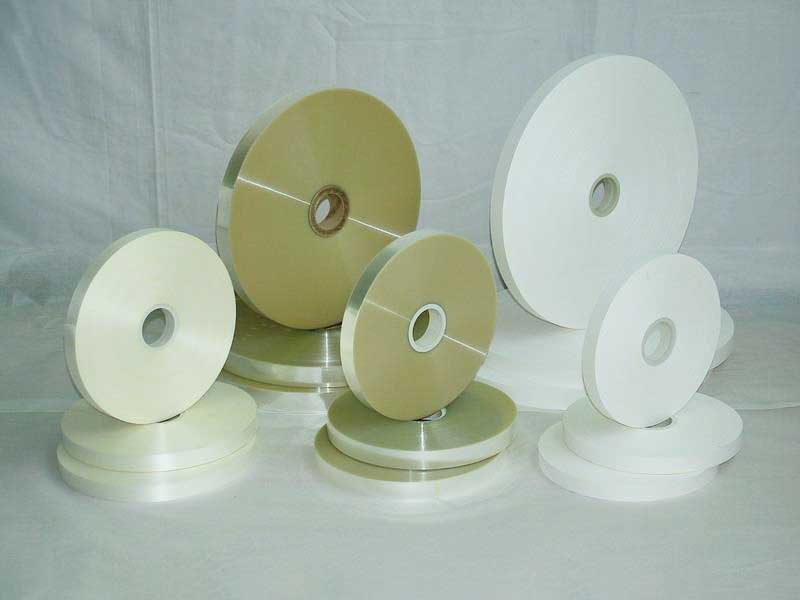
Third, application scenarios of the film industry
1. Packaging film field
◦ When slitting food-grade aluminum-plastic composite film, the low-temperature blade (liquid nitrogen cooling) is used to avoid delamination problems caused by thermal stress.
2. Electron optical film processing
◦ Ultra-narrow slitting (≤0.5mm) for polarizers and diffusion films, and air suspension transmission is used to reduce surface friction.
3. New energy material processing
◦ Lithium battery separator slitting is equipped with a clean room module to control the environmental dust level to meet the ISO Class 5 standard.
Fourth, the frontier development trend
• Digital twin technology: Optimize the slitting path through virtual commissioning to reduce test loss.
• AI quality prediction: Train the model based on historical data and adjust parameters in advance to prevent slitting glitches.
• Modular design: Quickly replace components to adapt to new materials such as degradable PLA film and graphene thermal conductive film.
The film slitting machine is evolving from a single processing equipment to an intelligent production line node, and its technological upgrading will continue to promote the film industry to move towards a high value-added field. Equipment selection needs to comprehensively consider material properties (e.g., tensile modulus, coefficient of friction) and end application scenarios (e.g., medical sterilization packaging needs to be resistant to γ radiation) to achieve optimal life cycle cost.
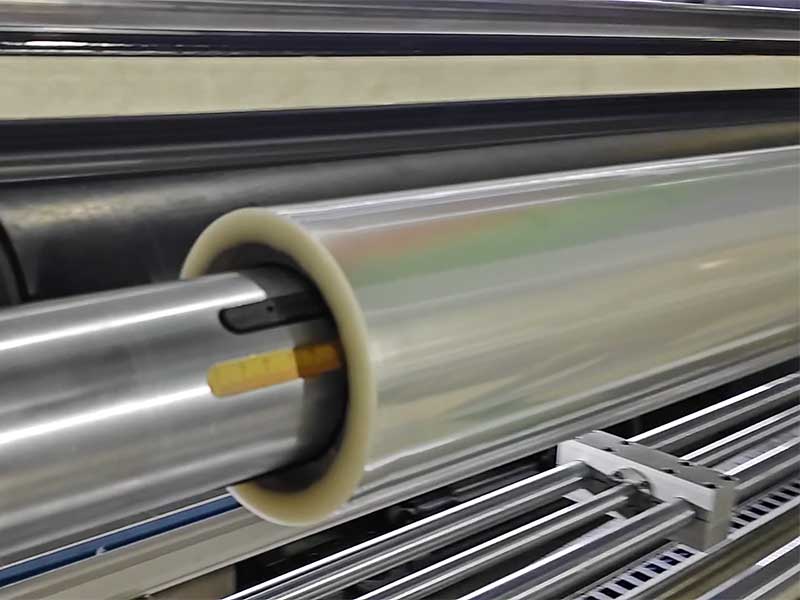 Innovation in ease of operation: intelligent control design of the new generation of film slitting machines
Innovation in ease of operation: intelligent control design of the new generation of film slitting machines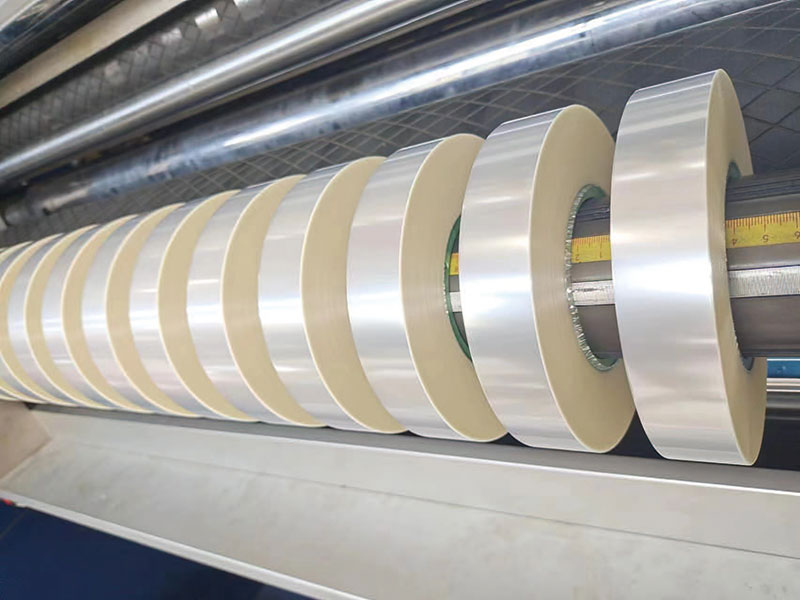 Upgrade the reliability of film slitting machines: the technical path to achieve continuous 1,000 hours of trouble-free operation
Upgrade the reliability of film slitting machines: the technical path to achieve continuous 1,000 hours of trouble-free operation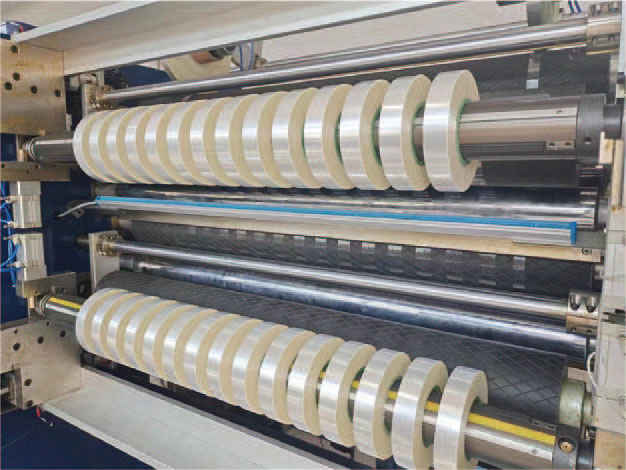 Five key points you must know before purchasing a film slitting machine
Five key points you must know before purchasing a film slitting machine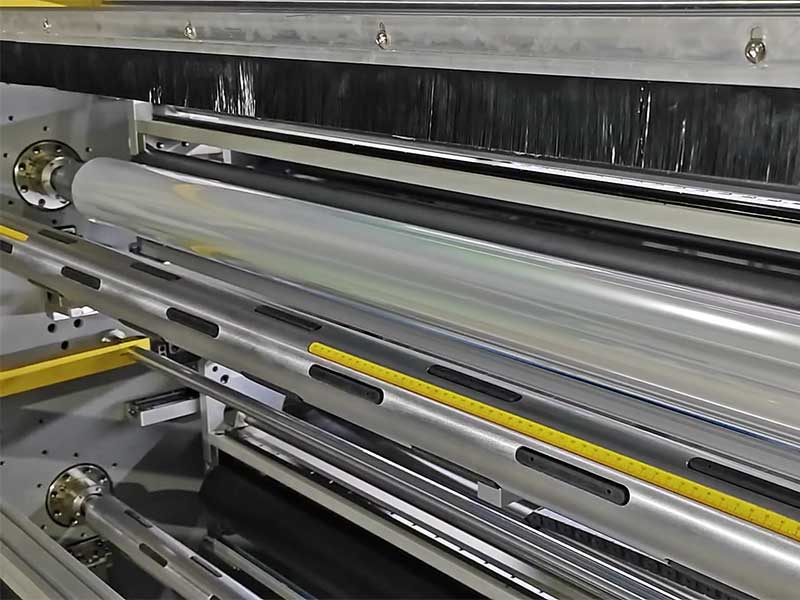 Intelligent deviation correction: the "invisible guardian" of automotive film slitting machine
Intelligent deviation correction: the "invisible guardian" of automotive film slitting machine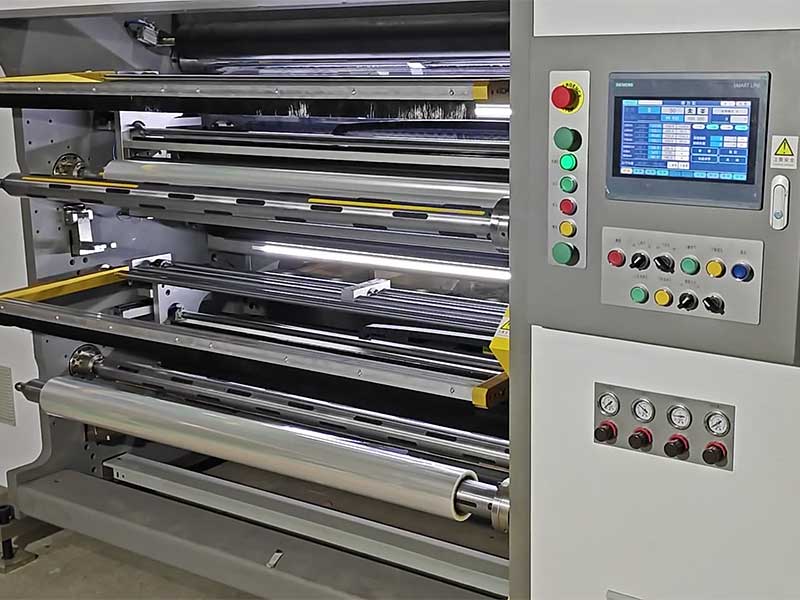 Film revolution: an intelligent cutting knife, how to cut out the new profit space of the automotive film industry?
Film revolution: an intelligent cutting knife, how to cut out the new profit space of the automotive film industry?